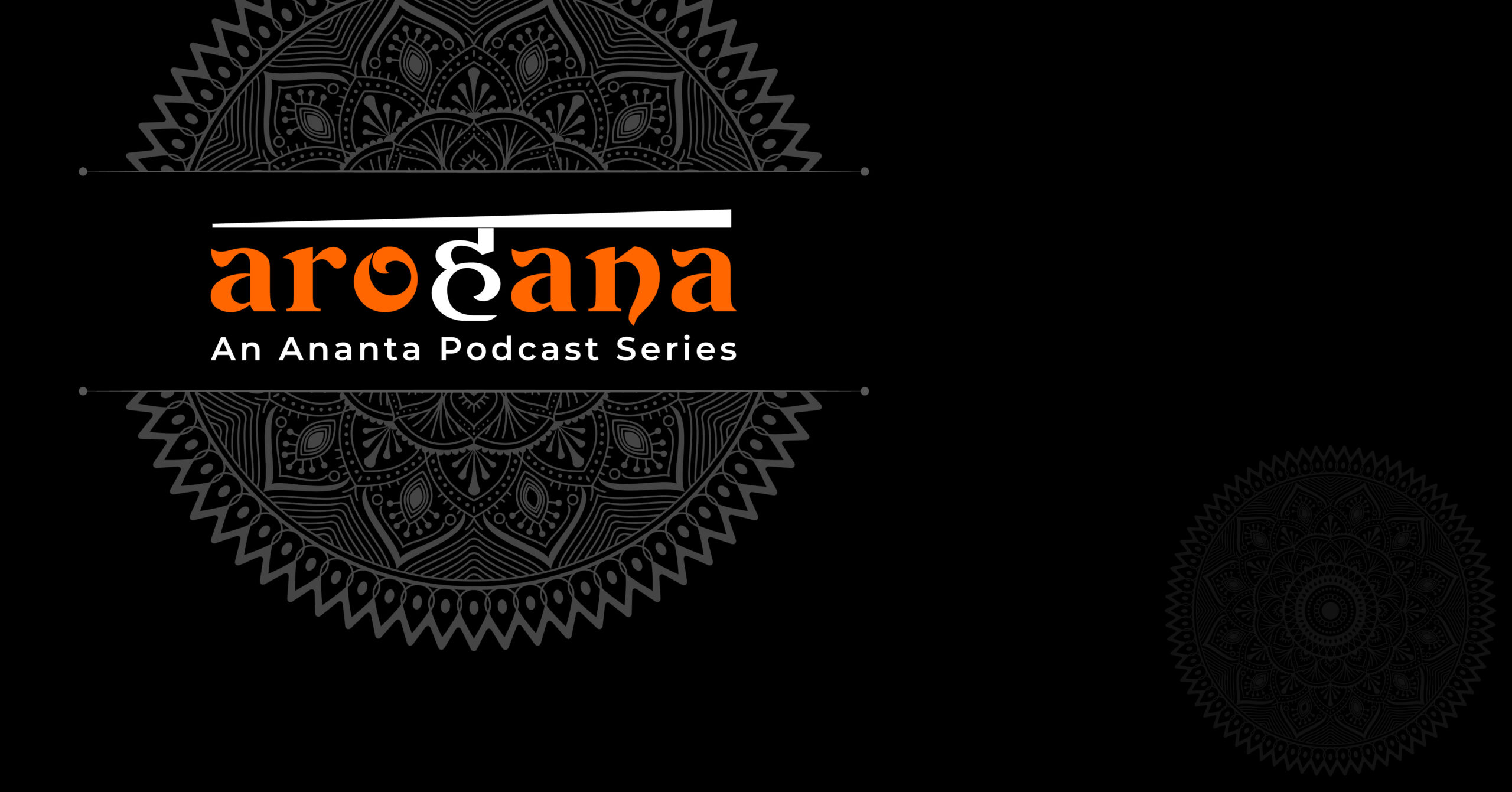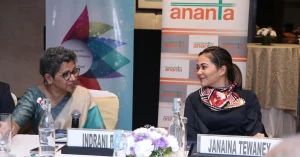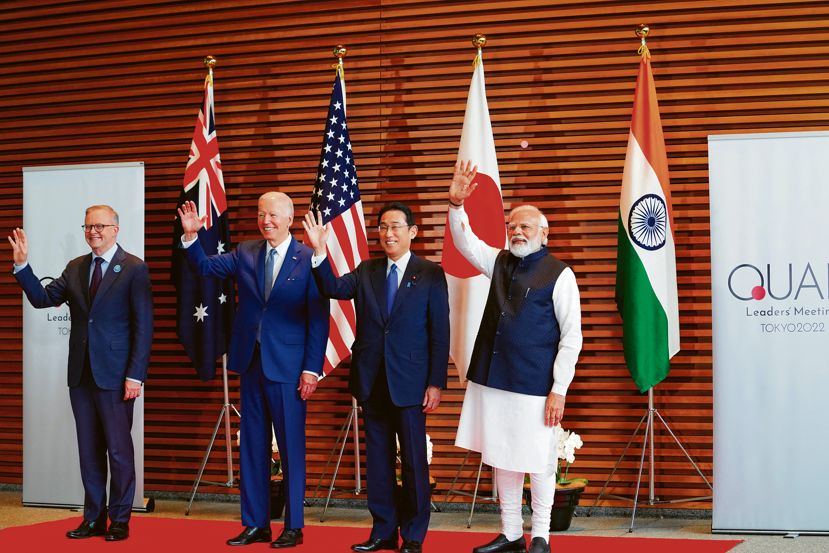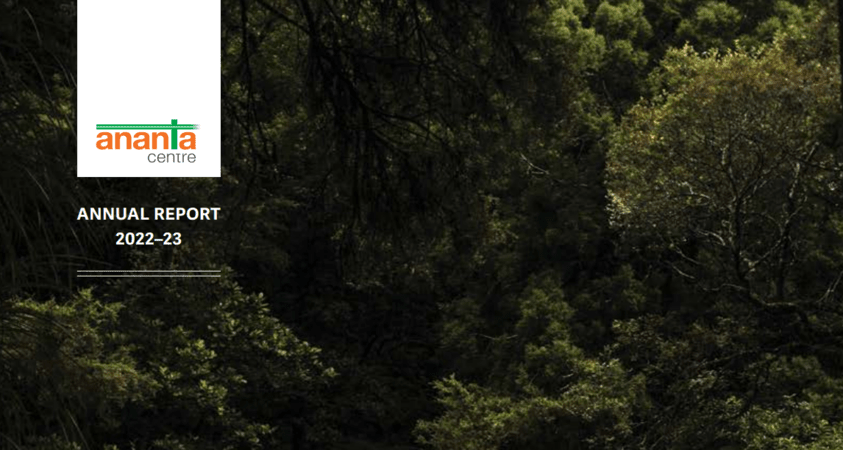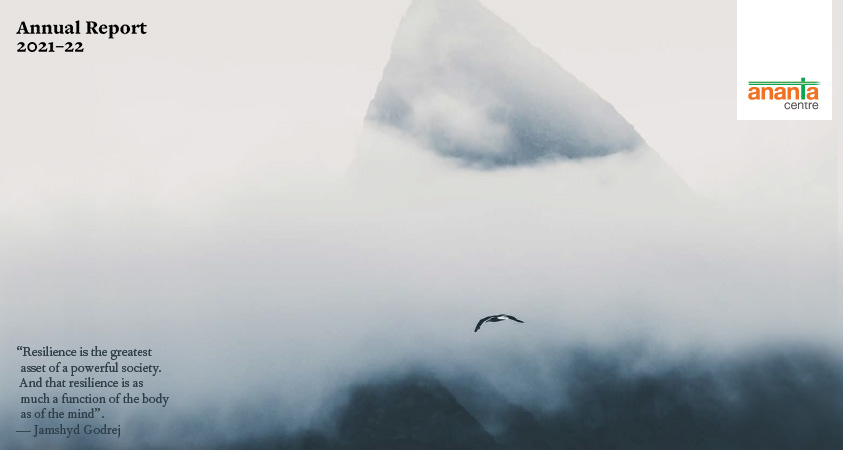Overview
• India-China dialogue & India-Pakistan turbulence in Moscow• Nagorno-Karabakh: another foreign policy tight rope
• The slow-burning Navalny fuse
• China pips Russia as biggest threat to the US
SCO & BRICS: platitudes & discord
In a flurry of diplomatic activity, Russia hosted the Shanghai Cooperation Organization’s (SCO) meetings of Defence Ministers (September 3–4), Foreign Ministers (September 9–10) and NSAs (September 15), with the satisfaction of holding two of them in a real, rather than virtual, format. A luncheon meeting of the Russia-India-China (RIC) Foreign Ministers was also held.
The main attention at the SCO meetings was on the India-China bilateral meetings between the Defence Ministers and the Foreign Ministers, though neither of them eventually led to much progress in resolving the border standoff. Russian officials were careful to disclaim any mediatory role, with FM Lavrov saying only that Russia was happy that the meetings took place on its territory. The MFA spokeswoman said Russia respects “the desire of Beijing and New Delhi to act independently … without the interference of other countries, using well-functioning multi-level mechanisms of bilateral dialogue … and hopes that as responsible members of the international community, [they will] find mutually acceptable peaceful options for defusing tensions as soon as possible”.
India’s Defence Minister Rajnath Singh had a bilateral meeting with his Russian counterpart, at which (according to official briefings) ongoing defence projects were discussed, India conveyed appreciation for the “timely Russian response to requests for weapon systems”, Russia said that it supported Indian security interests and, at India’s request, confirmed that it would pursue a policy of ‘no arms supply to Pakistan’. The two Ministers hailed the progress in discussions for the India-Russia joint venture for the manufacture in India of the AK203 assault rifles, some differences on costing having been resolved earlier.
The Defence Minister’s bilateral meetings in Moscow coincided with the (pre-scheduled) India-Russia naval exercises, “Indra Navy-2020”, in the Bay of Bengal. The biennial maritime exercises – this was the 11th edition – have been increasing in scope and complexity over the years and are intended to promote inter-operability and coordination of multi-faceted maritime operations. In keeping with Covid-19 protocols, the exercises this year were held in a ‘non-contact, at sea only’ format. The Indian Defence Minister said that the exercises demonstrated the “common interests of both countries in maritime security in the Indian Ocean Region”.
Official briefings on EAM Jaishankar’s bilateral meeting with Russian FM Lavrov on the side lines of the SCO meetings predictably stressed the “special and privileged strategic partnership” (of which this is the 20th year) and “excellent discussion on bilateral matters, regional developments and international issues of concern”. Follow up on decisions taken during the Prime Minister’s visit to Vladivostok in September 2019, including economic activities in Russia’s Far East and cooperation in the nuclear and space sectors, were reported to have been discussed.
In all these interactions and statements, the effort from both India and Russia was to project that India-Russia relations remain vibrant, notwithstanding the India-China LAC standoff.
India-Pakistan acrimony raised its head at the virtual meeting of SCO National Security Advisors (NSAs) on September 15. According to the Indian spokesman, the Pakistani NSA deliberately projected the “fictitious” map that Pakistan has recently published. The map includes territories of Jammu, Kashmir, Ladakh (after generously conceding Aksai Chin to China), Junagadh, Manavadar and Sir Creek in Pakistan. India considered this as unacceptable intrusion of bilateral differences into the multilateral format and “after consultation with the host”, the Indian NSA left the meeting in protest.
The India-China backdrop and the India-Pakistan flare-up revived questions about the value to India of its membership of SCO. In the formative years of the SCO, Russia had pushed strongly for India to join it, to somewhat balance China’s dominance in Central Asia. This scenario had changed drastically by the time India and Pakistan joined in 2017. China had already consolidated its energy and economic foothold in the region. We are also increasingly seeing the crumbling of the unwritten Russia-China understanding on the separation of roles in Central Asia: that Russia will provide the politico-security umbrella, while China will be the dominant economic presence. China’s ambitions for greater political influence and military presence are now clearly manifest.
India’s activity within SCO has to factor in its strained relationship with China, a potential undercurrent of Russia-China competition in the region and periodical manifestations of India-Pakistan hostility within the organizational structures. Political convergences are shrinking. There are differences in approaches on regional issues and international developments. If relations of both Russia and China with the US deteriorate further, India needs to restrain the SCO from taking an anti-West posture. There is also some incongruity in standing together with China, which is clearly seeking a co-equal bipolarity with the US, in echoing SCO’s demand for a multipolar world. We therefore need to recognize as hyperbole Russian FM Lavrov’s description of the SCO as a “very promising modern mechanism for promoting foreign policy priorities” or his assessment of its role in promoting Asia Pacific security (on which China has obviously very different perspectives from India).
But there are geographical, political and economic motivations for India to stay in and seek to carve out a space for itself in the region. Geographically, SCO’s Central Asian countries border Afghanistan, Pakistan and China. A narrow sliver of land separates southern Tajikistan from Pakistan-occupied Kashmir. From a political perspective, when relations with neighbours are complicated, it makes sense to strengthen relations with the neighbours’ neighbours. The Central Asian landmass adjacent to India’s extended neighbourhood, with its abundance of natural resources, offers interesting opportunities for economic cooperation. An effective Indian presence requires development of the multimodal transport corridor through Iran, which progresses with its own stop-go momentum. The Central Asian countries are keenly interested in the access to the Indian Ocean that this would provide, as well as the prospect of India breaking into the Russia-China duopoly in their region. This would have been reiterated in EAM Jaishankar’s interactions in Moscow with his counterparts from the SCO’s Central Asian members.
The RIC luncheon meeting produced a press release (unlike the earlier virtual meeting in June – see Review, 6/20). Brief and anodyne, it said the Ministers exchanged views on further strengthening RIC cooperation and on “topical issues of international and regional importance, in the spirit of mutual understanding, friendship and trust”. Further, they are said to have reiterated their support for “inclusive multilateralism” and respect for “universally recognized principles of international law”.
As in the case of the SCO meetings, the outcome of the virtual meeting of BRICS Foreign Ministers (September 4) highlighted the fact that changes in the external and intra-BRICS environment over the years have reduced the grouping to a pale shadow of its halcyon years, when it sought to position itself at the vanguard of efforts for democratization of the global economic and financial architecture and for political multipolarity. Official briefings said the ministers “held a detailed exchange of opinions on urgent international issues, including regional conflicts, joint efforts to counter new challenges and threats, and cooperation of the BRICS nations at multilateral venues”. They also reviewed the status of intra-BRICS cooperation in the three identified areas – political and security, economic and finances, and people to people. India’s EAM assured his BRICS partners that, as chair of BRICS in 2021, India would continue to strengthen this cooperation, to consolidate intra BRICS solidarity and “provide concrete institutional framework for the purpose”. The joint press statement is an exercise at stressing convergences and papering over divergences. Given the current global geopolitical flux and the foreign policy trajectory of the five countries, the highest common factor is shrinking, though some promising intra-BRICS cooperation has been generated in economic and social sectors.
President Putin was one of the first world leaders (the Russians say he was the first) to telephone PM Modi on his 70th birthday. The usual “strong commitment” was expressed to the ‘Special and Privileged Strategic Partnership’ and acknowledgement of the recent “productive” visits to Moscow of the Defence and External Affairs Ministers. They talked about President Putin visit to India for the next bilateral summit later this year (Coronavirus willing).
The Nagorno-Karabakh tight rope
The ongoing protracted armed conflict between Armenia and Azerbaijan over Nagorno-Karabakh threatens to upset or change political calculations and economic interests of regional and global powers. Nagorno-Karabakh was an autonomous region of the Azerbaijan Republic of the Soviet Union, with a majority Armenian population. In the period immediately before and after the collapse of the USSR, popular separatist uprisings in the region, backed by Armenia, escalated into an Armenia-Azerbaijan war, which ended in 1994 with Armenia occupying Nagorno-Karabakh and a swathe of surrounding territory, ensuring its contiguity with the region. A ceasefire agreement established a line of conflict (LoC) between the two forces, pending a political resolution. However, Nagorno-Karabakh continued to be internationally recognized as a part of Azerbaijan and a number of UN Security Council resolutions asked for Armenian withdrawal from these occupied territories. A group of member-states of the Organization for Security and Cooperation in Europe (OSCE) – called the Minsk Group – was to broker a solution. Since 1997, three co-chairs of the Group – the US, France and Russia – have been tasked by the Minsk Group to facilitate this process. Attempts to broker a political solution have not succeeded; periodical skirmishes have erupted, the most serious being in April 2016 and July 2020, which the Minsk co-chairs (mainly Russia) managed to contain.
The continuing hostilities that commenced in September were more intense and violent, with artillery attacks on civilian settlements on both sides, with consequent loss of civilian lives. The Minsk co-chairs, at the level of heads of state and at official levels, have issued strong statements, calling for protection of civilian populations, cessation of hostilities and unconditional resumption of negotiations. These statements have also cautioned against participation in the conflict by “external parties”. This was a reference to reports that Turkey has deployed its “military experts”, as well as Syrian mercenaries, in the conflict area. France’s president said Syrian fighters from “jihadist groups” had been sent through Turkey to Nagorno-Karabakh. The Russian MFA said this less explicitly; it said FM Lavrov had talked to the Turkish FM. Azerbaijan and Turkey rejected this accusation, though President Erdogan publicly promised Azerbaijan Turkey’s support. Azerbaijan also accused Armenia of bringing in mercenaries to join its war effort; this accusation, denied by Armenia, got less attention.
Azerbaijan’s resolve to pursue its military gains, backed by Turkish support, puts Russia in a spot and potentially opens up a third theatre of proxy conflict with Turkey. While Armenia is an alliance partner in CSTO, a major arms client and member of the Eurasian Economic Union, Russia also has mutual interests with Azerbaijan in energy, transportation and Caspian Sea issues, besides arms sales (which, however, have been falling, with Turkey, Israel and others stepping into the breach). With the other two co-chairs largely inactive, Russa as the proximate power was able to keep the peace and wield influence. The introduction of Turkey into the equation has changed the balance. Turkey signalled its support for Azerbaijan with joint military exercises, just after the July skirmishes. Azerbaijan is replacing Russia as a major supplier of gas to Turkey. The Turkish support emboldened the Azerbaijan President Aliyev to remonstrate with President Putin (in August) about Russian arms supplies to Armenia at a time of conflict. Azeri media rejected Russian denials and carried angry comments about Russia’s lack of neutrality and its denying Azerbaijan its legitimate territory. By month-end, however, in the face of strong joint statements by the three co-chairs, endorsement of their position at a UNSC discussion, the US preoccupations with its domestic politics and the French President’s outspoken remarks against Turkish involvement in the conflict, President Aliyev struck a more conciliatory note, saying in an interview to al Jazeera that Russia, as the proximate power among the mediators, would have to play a key role in finding a political resolution to the conflict.
A “frozen” Armenia-Azerbaijan conflict, not receiving much attention from the international community or the other Minsk co-chairs, has so far suited Russia, as it retained leverage with both disputants. Azerbaijan is important to Russia because of its strategic location on the Caspian Sea and on a transport corridor to the Indian Ocean. Its hydrocarbons resources impact on Russia’s interests: oil and gas pipelines to Southern Europe contribute to undermining Europe’s dependence on Russian gas. Turkey’s increasing influence on Azerbaijan would be a source of concern for Russia, especially if it results in Turkish military presence extending to the Caspian Sea – a development which may not be unwelcome to the US and NATO (though it might create friction with Iran as well). President Erdogan has been adept in exploring the limits of Russian and NATO’s tolerance in his recent military adventurism. Armenia is often said to have strong [Christian] support in the US; but US hydrocarbons multinationals and telecom companies have major commercial interests in Azerbaijan and the Caspian region, that would benefit from a final resolution of the Nagorno-Karabakh dispute. Thus, even if the three Minsk co-chairs manage to broker a ceasefire agreement between the warring parties, it may well prove to be transient, while all concerned stakeholders, regional and extra-regional, jockey to achieve a configuration in the region more to their geopolitical liking.
Smouldering fuse of the Navalny case
The alleged poisoning of Russian opposition leader Alexei Navalny in a Siberian city in August (see Review, 8/20) received continued attention in European media and political circles, but missing was the coordinated thrust to condemn and sanction Russia that followed the Skripal poisoning in England in March 2018 (see Review 3/18). Then, there was an extraordinary show of solidarity with UK from the US, EU, and NATO/G7 countries, which unquestioningly accepted the UKs assessment of the Kremlin’s direct involvement in the poisoning. Many of them declared a large number of Russian diplomats personae non grata and imposed other restrictions.
This time, the events rolled out in a more measured manner. Germany said it had unequivocal proof that the poisoning was by the nerve agent Novichok, but also sent the bio samples to French and Swedish labs. Russia complained that its requests for the biomaterials or other evidence, which would enable a criminal case to be registered in Russia, were ignored.
The French and German Foreign Ministers issued a joint communiqué condemning the attack on Navalny as a “serious blow to the basic principles of democracy and political pluralism”. The case figured in President Macron’s telephone conversation with President Putin, when the latter (according to the Kremlin) deplored the “unsubstantiated” accusations against Russia and said the German specialists should share biomaterials and test results for examination by Russian doctors. The Kremlin added that the two leaders agreed “to contribute towards determining the parameters of possible interaction with European partners to this end”. Whatever that meant, no biomaterials were shared, and the French President went on to publicly describe the incident as “attempted murder”. Both he and the German Foreign Minister raised this issue in their UN General Assembly speeches.
But, despite calls from some EU countries, no sanctions were announced. The US was deep into an election campaign in which this would have been a distraction of questionable value to either side. Secretary of State Pompeo said in an interview that the US would do its best “to come to a conclusion about who was responsible”. The EU, besides being in the throes of fractious Brexit negotiations, was also divided on Belarus and the Eastern Mediterranean. The further problem is that there are few effective sanctions options left after the relentless barrage of the past few years.
The public statements and lab results serve to keep the powder dry for possible future use at an appropriate juncture. Samples have also been sent to the Technical Secretariat of the Organisation for the Prohibition of Chemical Weapons (OPCW). Russia alleged that this was done in a “covert” manner, violating the laid-down procedures of the CWC. It said that, given the established political bias of the heads of the Technical Secretariat (“who are citizens of NATO”), the report is likely to establish the presence of the so-called Novichok agent in the samples. Nevertheless, the Russian MFA sent a proposal to the OPCW, suggesting the deputation of its technical experts to Russia to cooperate with Russian specialists on this issue.
“China more dangerous than Russia”
The Trump Administration has consistently projected both Russia and China as revisionist powers posing threats to US national security. Even after the anti-China rhetoric was significantly stepped up (in late 2018), US Administration officials were generally circumspect about explicitly projecting China as the greater threat. [One significant exception was a comment by then US NSA John Bolton – on Russian soil – in October 2018 that “… looking at everything China was doing, a very, very senior U.S. intelligence official said it made Russia look like the junior varsity”.] The persistent allegations that President Trump was “soft” on President Putin, and the bipartisan hostility towards Russia in the US Congress, informed this caution. The reserve is increasingly less evident now. Most recently, when asked whether Russia or China was the greater threat to the US, Secretary of State Pompeo said emphatically that the single greatest threat to the United States of America from a foreign power emanates from the Chinese Communist Party (the Trump Administration is consistent in making this distinction between the ruling party and the country). “It’s not, frankly, a close call …… the Chinese Communist Party is building out its military, it has infiltrated the United States in ways that Russia has not, and its economic might has been used through state-owned enterprises and subsidizing companies to destroy tens of thousands of jobs all across the heartland in America”.
In a public briefing by US intelligence officials, it was mentioned that Russia, China and Iran were all meddling in the US Presidential elections. It was said then that Russia would like President Trump to win, while China and Iran supported the Biden candidature. An intelligence official was subsequently quoted as saying that China was interfering more than Russia or Iran.
The Russians would obviously be quietly satisfied with this shift in emphasis. At a joint press conference with Chinese FM Wang Yi, FM Lavrov joked about it: “commentators are already asking … which country – Russia, China, or Iran – is the biggest meddler. As estimated by the Americans, China is winning the competition. It is only natural that we are hurt by being relegated to second place, because we are used to being number one all the time”.
Nevertheless, the saga of sanctions for attempted elections interference and other alleged misdemeanours continues. US Treasury sanctions for elections interference (influence peddling) targeted a Ukrainian member of Parliament and some Russians. Other sanctions covered eight Russians working for the so-called troll factory, Internet Research Agency (IRA), owned by oligarch Yevgeniy Prigozhin, colourfully dubbed “Putin’s chef”, and seven entities connected with IRA operations in the Central African Republic or assisting the activities of the Russian intelligence agency FSB or engaging in sanctions evasion. A notable inclusion in the sanctions list was a Russian underwater technology company, “with a long history of cooperating with Russian government agencies”, including the FSB and the Ministry of Defence, for supplying equipment to them! It does appear that the bottom of the sanctions barrel is being scraped.
*******




